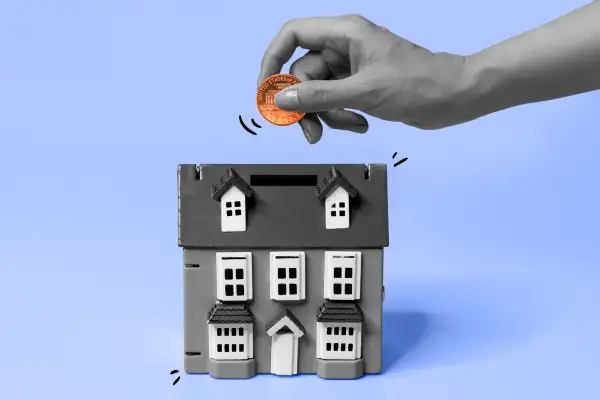'Worst It's Ever Been': Higher Down Payments and Soaring Prices Push Homes Further out of Reach

Sorry, hopeful homebuyers: your search to find an affordable house is becoming even more challenging.
A report released this week by Bank of America credits soaring mortgage rates and rising home prices for a historic decline in home affordability.
Bank of America’s analysts say they expect the National Association of Realtors’ housing affordability index — which measures whether a typical family earns enough money to qualify for a mortgage with a 20% down payment on a typical home — to tumble another 25% on an annual basis by March, with the potential for even bigger decline depending on how much home prices rise.
Between January 2021 and January 2022, the index fell nearly 15%. A decline in the index means that families will be forced to spend larger portions of their incomes on a home purchase.
The bad news for prospective buyers doesn’t stop there. Home prices soared nearly 20% in 2021, and Bank of America expects prices to rise at least another 10% this year.
Bigger down payments needed to buy homes
Broadly speaking, rising home prices mean larger down payments are needed. With that in mind, the analysts write that home affordability is the "worst it's ever been," adding that there are "extreme barriers to entry."
That's especially true for first-time homebuyers and younger homebuyers. A December survey from the real estate firm Clever found that more than half millennials said that saving for a down payment was their biggest barrier to purchasing a home.
While buyers often hope to save enough to make a 20% down payment on their home, many people come up short in today's high-price market.
The typical first-time homebuyer put about 7% down in 2021, according to the National Association of Realtors (NAR). With median home prices hovering around $392,000, according to Realtor.com, a 7% down payment would amount to more than $27,000. Of course, it's worth noting that first-time buyers often opt for more affordable starter homes. In the fourth quarter of 2021, NAR valued at typical starter home at $307,400.
Rising mortgage rates mean the cost of homeownership will get more expensive as well. In January, NAR found that a typical first-time buyer spent 25.6% of their income on mortgage payments, just over the 25% threshold that the group considers to be an "unaffordable" financial burden.
Would-be homebuyers also must face incredibly tough competition in the market. Compared to the pre-pandemic market, it's much harder to buy a house now because homes are selling remarkably quickly — often within just one week of listing — and bidding wars are becoming standard.
Bank of America says rising rates and prices could also prompt existing homeowners who were otherwise looking to sell and relocate to stay put and possibly refinance their mortgage. The analysts call this the “lock-in” effect: existing homeowners have “greater disincentive to move and replace their current mortgage that likely has a lower fixed rate,” they wrote.
More from Money:
Homebuyer Heartbreak: 4 Facts That Show How Much Harder It Is to Buy a House Now
The Typical Home Is Now Worth Over $1 Million in Nearly 500 U.S. Cities
